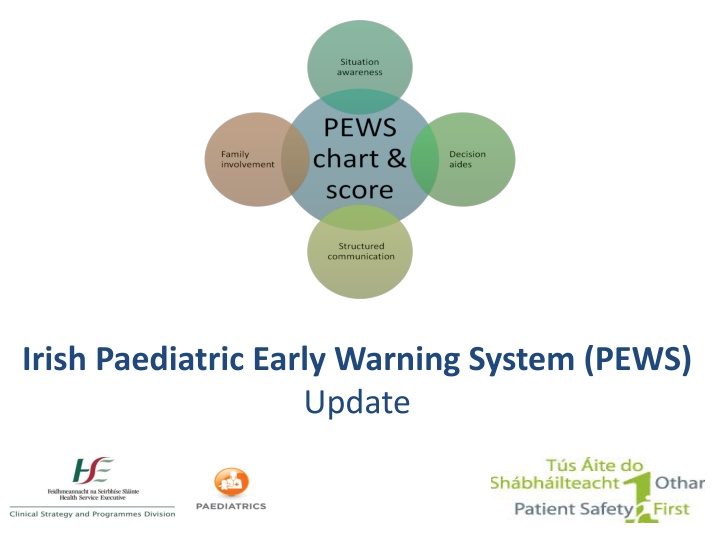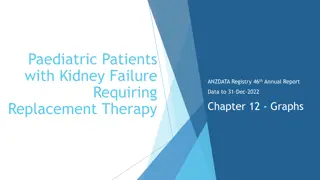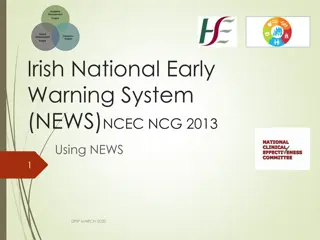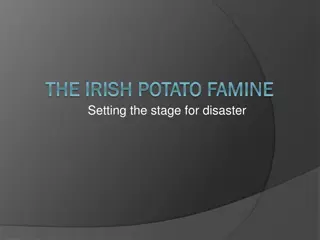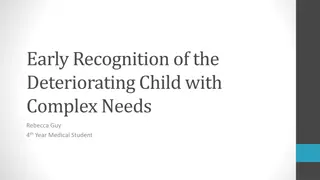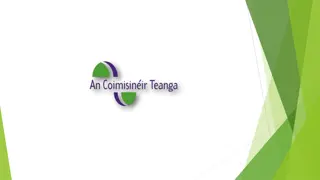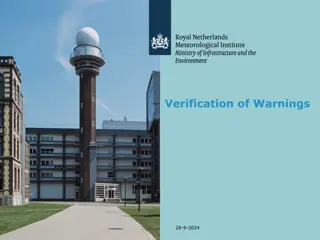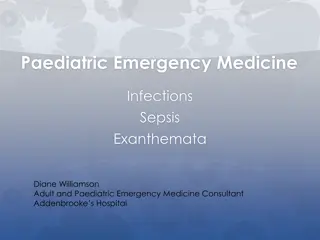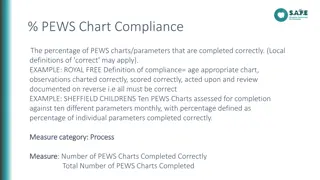Irish Paediatric Early Warning System (PEWS) Update and Implementation Overview
Explore the latest updates on the Irish Paediatric Early Warning System (PEWS) including learning outcomes, aims, observation charts, key points, escalation guide, and response pathways. Understand the importance of clinical judgment, individualized assessment, and standardized communication for recognizing and responding to deterioration in pediatric patients. Enhance your knowledge on using PEWS in clinical practice and effectively utilizing PEWS charts for timely escalation in ward or hospital settings.
Download Presentation

Please find below an Image/Link to download the presentation.
The content on the website is provided AS IS for your information and personal use only. It may not be sold, licensed, or shared on other websites without obtaining consent from the author.If you encounter any issues during the download, it is possible that the publisher has removed the file from their server.
You are allowed to download the files provided on this website for personal or commercial use, subject to the condition that they are used lawfully. All files are the property of their respective owners.
The content on the website is provided AS IS for your information and personal use only. It may not be sold, licensed, or shared on other websites without obtaining consent from the author.
E N D
Presentation Transcript
Learning Outcomes By the end of the session, you will be able to: Discuss the importance of clinical judgement and individualised assessment Discuss the use of PEWS in clinical practice in <<ward or hospital>> Demonstrate effective use of PEWS charts and the escalation guide in <<ward or hospital>> Discuss the appropriate use of permitted variance/special situations within PEWS in <<ward or hospital>>
Aim of PEWS Assist recognition and response to deterioration Improved situation awareness Standardised communication Use of a common language Earlier opportunity to rescue
Key Points 6 core parameters every time Additional only as required for individual child Draw the dot, join the straight line Baseline + trending essential in recognition Individual parameter score total PEWS score Consider Frequency of observations Reassess within
Escalation Guide PEWS does not replace an emergency call Minimum Observations Score Minimum Alert Minimum Response Any trigger should prompt increase in observation frequency as clinically appropriate 1 4 hourly Nurse in charge 2 2-4 hourly 3* 4-5 1 hourly Nurse in charge review Nurse in charge + 1stDoctor on call 30 minutes Urgent medical review Nurse in charge + 1stDoctor on call + Senior Dr. +/- Consultant 6 Urgent SENIOR medical review Continuous URGENT PEWS CALL 7 Immediate local response team *Pink score in any parameter merits review PEWS does not replace clinical concern
Urgent PEWS Call Response pathway to PEWS Score 7
Optional Modules Case discussion Case presentation Audit results and recommendations Question & answer session
PEWS Key Points PEWS score is a tool only Monitor the child for trends in vital signs and PEWS Score Use clinical judgement + clinical trends to interpret the Escalation Guide Listen for parent concern
PEWS Training Tips - Who are you training? - Create schedule - Venue/ environment - AV requirements - Pre-course organisation
